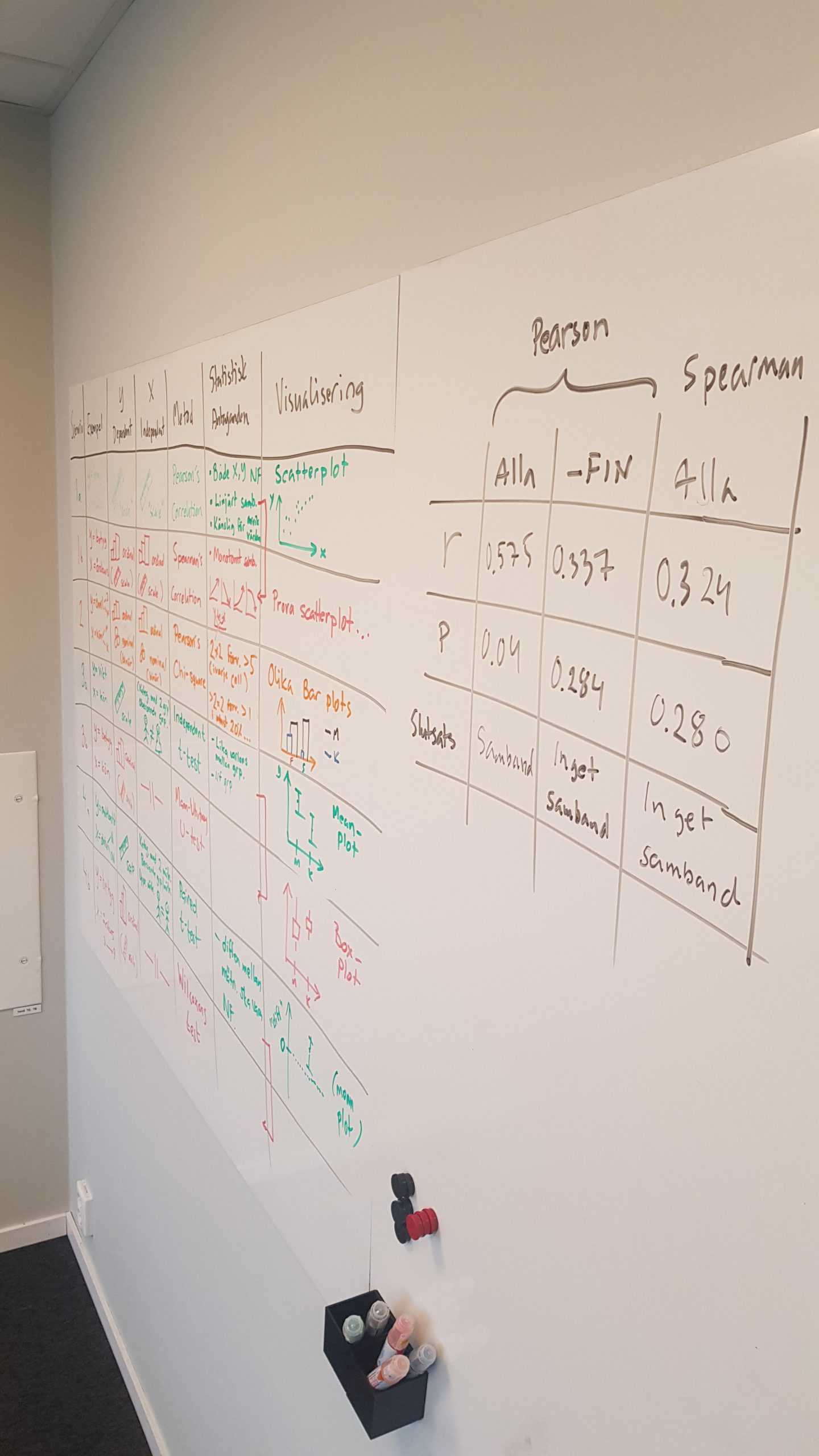Hantera Cookies
För att du ska få en så bra upplevelse som möjligt på webbplatsen använder vi cookies som innebär att vi lagrar och/eller får tillgång till viss information på din enhet så som mobil eller dator.

Here’s a general overview of the process:
Data is Key
To train an AI model, large amounts of relevant data are required. The more and better the data, the greater the AI’s opportunity to ”learn.” The collected data must be prepared to be usable for the AI model. This might involve removing unwanted information, normalizing the data, or converting it into a format the model can understand.
This data can take the form of text, images, audio, or other types of information depending on the specific task. For example, if you want to create an AI that can recognize cats in images, you need to feed it thousands of pictures of cats (and non-cats) so it can learn the difference.
Machine Learning and Neural Networks
Machine learning is the most commonly used technique in AI. Instead of programming rules that dictate exactly how the AI should behave, the model is allowed to discover patterns in the data on its own. Think of it as the AI trying to piece together what is ”typical” for what it’s learning.
Neural networks are a specific type of machine learning, inspired by how the human brain works. They use ”nodes” that resemble neurons, which work together to process information and learn things like language, images, audio, and more.
Training the AI Model
During the training phase, the prepared data is fed into the AI model. The model adjusts its internal parameters based on the patterns and relationships it identifies in the data. The training process involves optimizing the model to make accurate predictions or decisions.
The AI is first trained on part of the data and then tested on new, unseen data to check if it has learned correctly. It’s a bit like studying for a test—first you practice, then you’re tested on something new.
Validation and Fine-Tuning
After the training phase, the model is validated using additional data it hasn’t seen before, to ensure it can generalize well. The model can then be fine-tuned to improve its performance and avoid overfitting to the training data.
This way, the AI can be improved based on the results it produces. It may adjust its internal “rules” (weights in neural networks) to get better over time.
Rapid Advancements
AI development is progressing at a breathtaking pace and is becoming an increasingly important tool across many industries. At the same time, there are many misconceptions about what today’s AI can actually do, and what lies just around the corner.
On one hand, many people underestimate how far AI has come and how useful it can be—many advances happen without us noticing. On the other hand, some overestimate AI’s capabilities, often influenced by media reports based on company press releases that exaggerate how good their systems really are.
Learn more about AI and machine learning
You now have the opportunity to get a comprehensive overview of how to use machine learning and AI in R. In our online course on November 5–6, we will go through how to train different types of machine learning models and evaluate their predictive performance. We will also discuss how modern AI systems work and build models for analyzing text and images.
Work with Machine Learning and AI in R in our online course on November 5–6!
Evaluation of predictive models: test-training-splits, cross-validation
Regularised regression (lasso)
Nearest neighbours models
Discriminant analysis and support vector machines
Decision trees, random forests and boosted trees
Deep neural networks
Using AI models for analysis of text data
Using AI models for analysis of images
About the teacher
Måns Thulin
Appreciated educator with extensive statistical expertise
Måns Thulin works as a consultant and lecturer in statistics, machine learning, and artificial intelligence. His clients include large corporations, government agencies, startups, and researchers. By using advanced statistical analysis, he has solved problems in a wide range of areas, from antibiotic resistance to nuclear fuel, from milking robots to HR issues, from herniated discs to music videos. He has twelve years of teaching experience at institutions such as Uppsala University and the University of Edinburgh. Måns is also the author of the popular textbook Modern Statistics with R.
His educational goal is to help all course participants understand statistical methods – statistics should feel logical, not like black magic.
Feel free to contact us if you have any questions